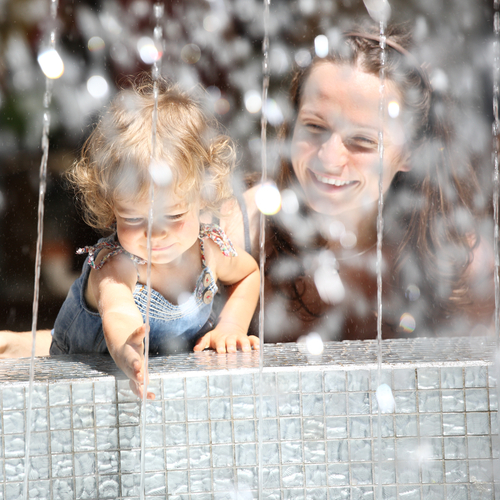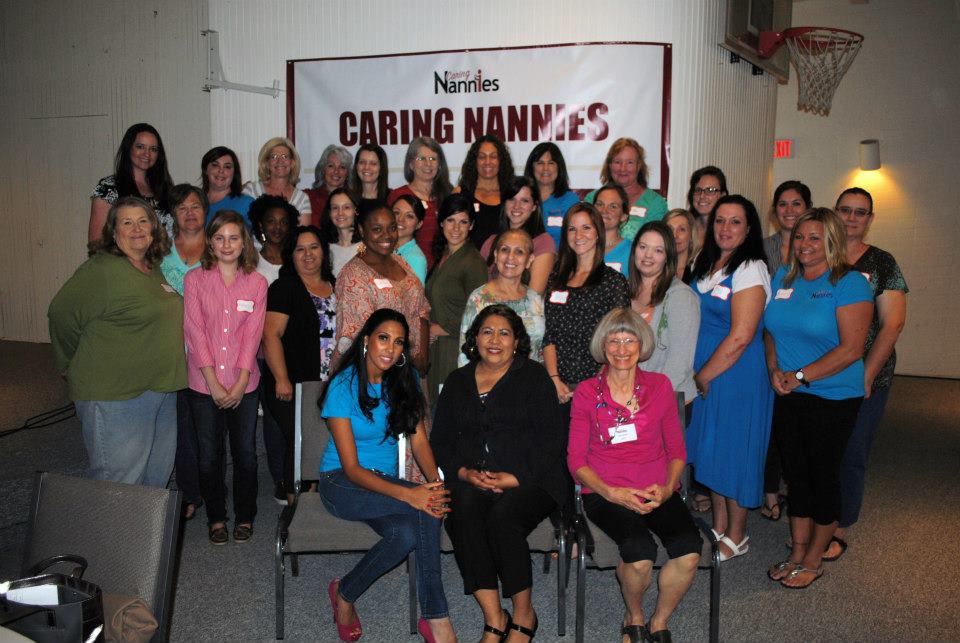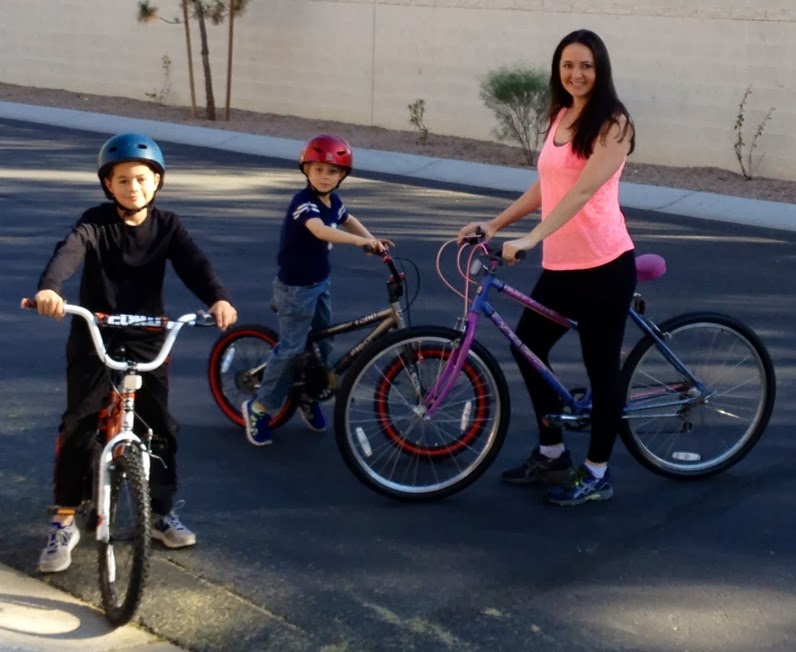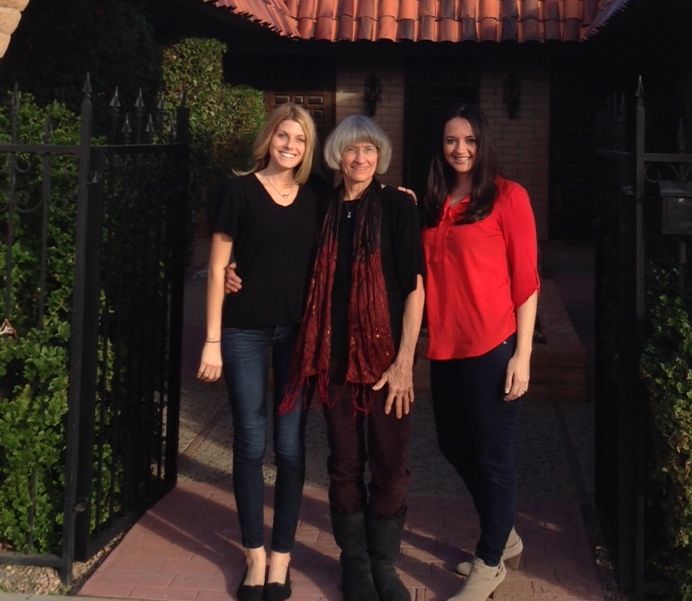What is the difference between a Nanny and a Babysitter? The easiest way to tell the difference between a nanny and a babysitter is to give some examples. If two children are fighting over a riding toy, a babysitter will simply swoop it up and distract the children with another activity.
But a Nanny will see this as a learning opportunity and will as questions, like: “What did you do?” or “What was wrong with that?” or “What would have been a better way to handle that situation?” or “Can you tell your brother you’re sorry and ask him to forgive you?” to get the children thinking about their behavior and how they could have done things differently. She is thinking about the whole child, their character, manners, and values.
A Nanny comes in with a plan. She’s thinking about small muscle, large muscle development, social, emotional, cognitive, and language development. She’s thinking about the age the child is now and what to expect three months out, and how to accelerate development through art and crafts, books, asking questions, outdoor activities, finger plays, music, books and field trips. Her main priority is the child’s character, especially to develop qualities like creativity, attentiveness, kindness, honesty, courage, self-discipline resilience and a joy in living, all foundational to success.


A Nanny uses the entire day as a learning opportunity. If a two year old discovers an earthworm under some new sod, the Nanny may start a worm farm in a quart jar, get a library book about worms, do art projects about worms and do music and movement and talk about how important worms are to us. (There would be no food on the earth without the hard work worms do for us!)
If a toddler is eating blueberries, she may ask him to count them, and count agin when one is eaten. If he can cut a banana slice in half, she’ll be talking about halves and quarters.
A Nanny has years of professional experience and possibly an educational background and sees herself as a teacher. She usually becomes a part of the family and is considered almost a third parent. She may have more experience than the parents and can give parents insights about ages and stages. She may spend more time with the child than the parents and keeps a log or reports about the child’s day. She works full or part time, but has a regular salary or hourly pay, and gets paid 52 weeks per year. She usually gets paid holidays and vacations and has a written working agreement with her family. This is a career for her.
A babysitter usually comes when needed, is on call, and keeps the child safe, fed and puts them to bed. She is paid hourly.
If you are mostly an at-home parent and only work 10-15 hour per week, a babysitter may be a good option for your household. But if parents are both in demanding full-time positions, a nanny can be an essential element of your child-rearing strategy.
One more difference. A Nanny oftentimes has down time during naps or when a child is in preschool. She may throw in a load of laundry or get dinner started. She will often grocery shop or pick up a gift for the weekend birthday party. This way, the family has more quality time to capture those fleeting cherished relationships.

Beth Weise














